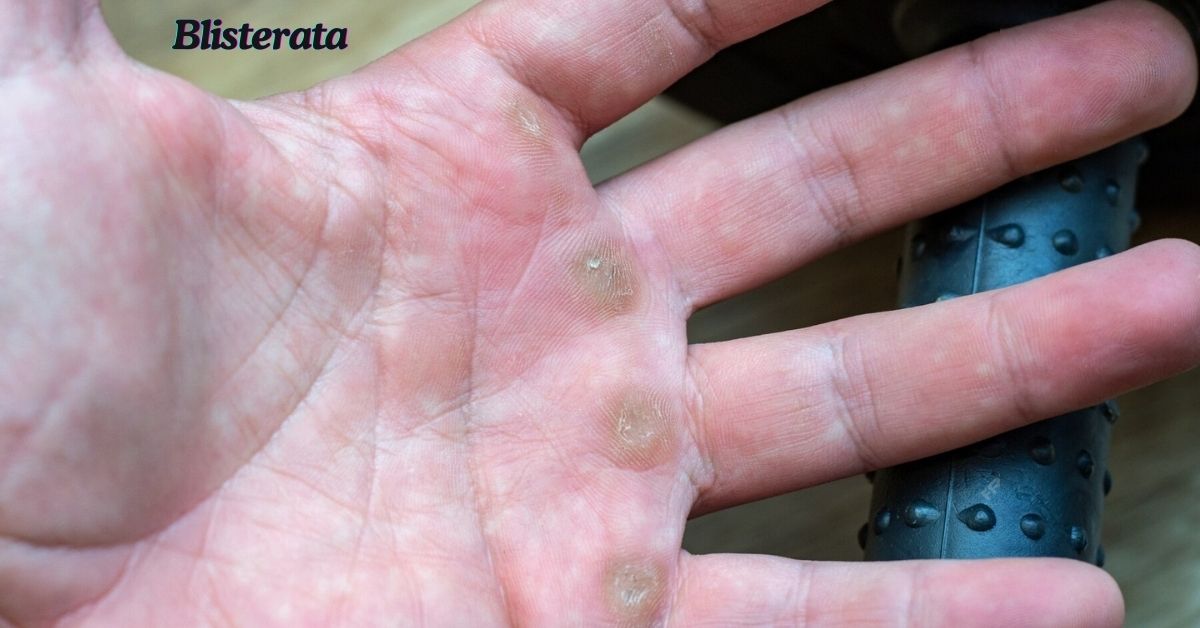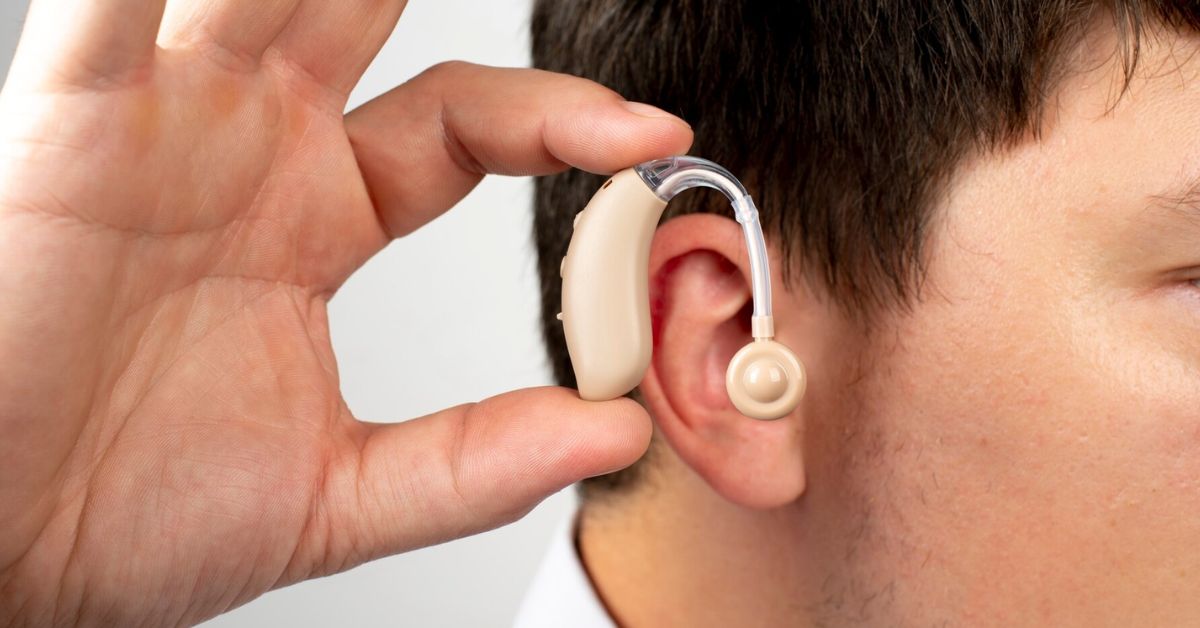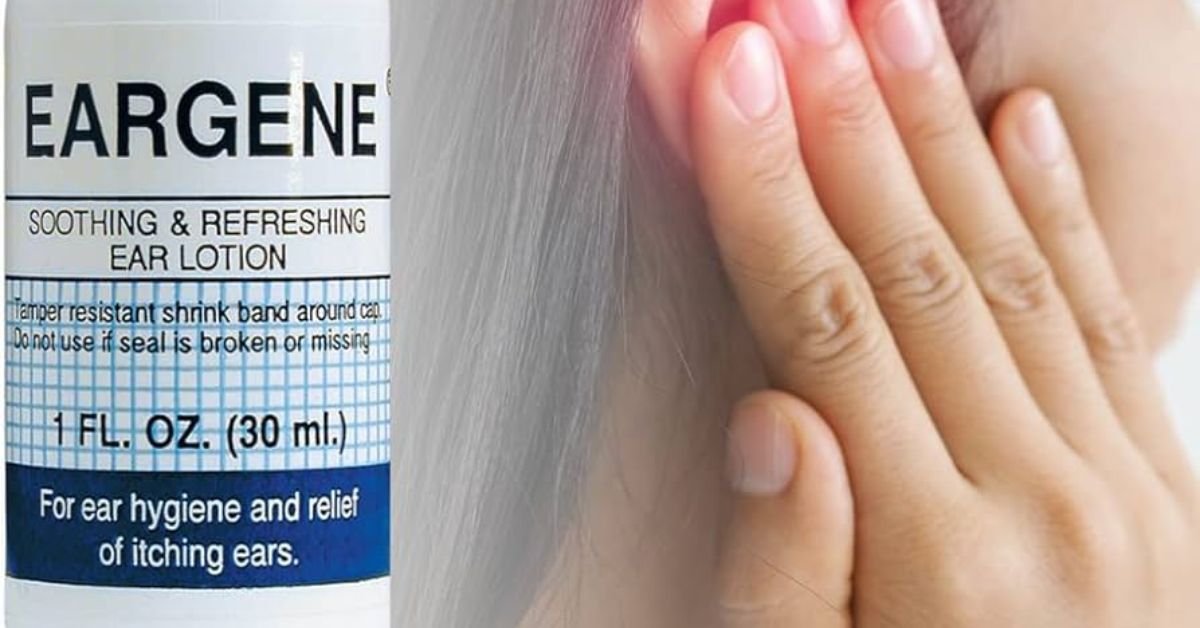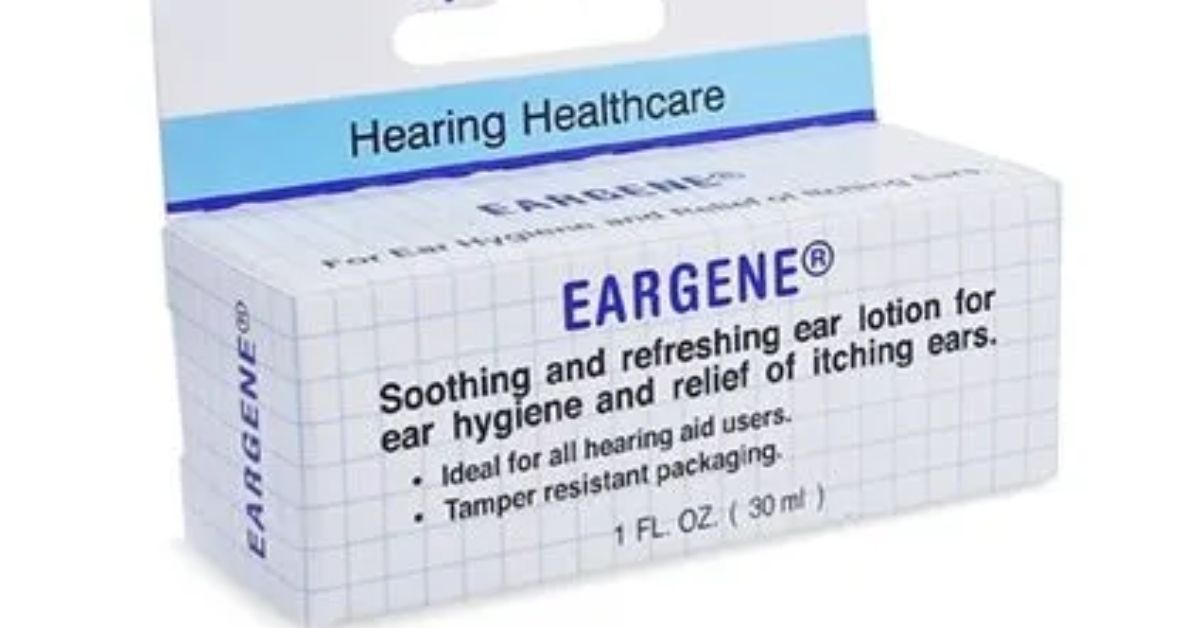Introduction to Blisterata
Are painful blisters popping up on your skin out of nowhere? If so, you might be dealing with a common yet bothersome condition known as Blisterata. This blog post will delve into everything you need to know about Blisterata – from its causes and symptoms to various treatment options and prevention strategies. So, sit back, relax, and let’s uncover the secrets behind those pesky blisters!
What Causes Blisterata?
Blisterata, a common skin condition that affects many individuals, can be caused by various factors. One of the main causes of Blisterata is friction or pressure on the skin. This can occur from wearing ill-fitting shoes, harsh clothing materials, or repetitive rubbing against the skin.
Furthermore, excessive exposure to heat or cold temperatures can also lead to Blisterata. Sunburns and frostbite are known culprits in triggering blister formation on the skin.
Additionally, certain medical conditions like herpes simplex virus infections, eczema, and contact dermatitis can contribute to developing blisters.
MUST READ: Discovering the Power of Alevemente
Moreover, allergic reactions to medications or chemicals may result in blistering as well. It’s essential to identify potential allergens and avoid them to prevent future outbreaks of Blisterata.
Understanding the root causes of Blisterata is crucial in managing and preventing this uncomfortable skin condition.
Common Symptoms of Blisterata
Experiencing blisterata can bring about a range of uncomfortable symptoms that vary in intensity from person to person. One common symptom is the development of fluid-filled blisters on the skin, which may be painful or itchy. These blisters can appear red and swollen, causing discomfort with every movement.
In some cases, individuals with blisterata may also experience a burning sensation around the affected area. This burning feeling can make daily activities challenging and impact overall quality of life. Additionally, blisterata can lead to skin sensitivity and tenderness, making even gentle touch painful.
Another prevalent symptom of blisterata is inflammation and redness in the surrounding skin tissue. This inflammation can extend beyond the borders of the blisters, further exacerbating discomfort for those dealing with this condition. As blisterata progresses, these symptoms may worsen if left untreated, highlighting the importance of timely intervention by healthcare professionals.
If you suspect you have symptoms of blisterata or notice any unusual changes in your skin’s appearance or texture, it’s essential to seek medical advice promptly for an accurate diagnosis and appropriate treatment plan tailored to your specific needs.
Different Types of Treatment for Blisterata
When it comes to treating Blisterata, there are various options available depending on the severity of the condition. One common treatment is using over-the-counter creams or ointments designed to relieve pain and promote healing for mild cases. These products often contain ingredients like benzocaine or lidocaine to numb the affected area.
For more severe cases, a healthcare provider may recommend prescription-strength medications such as corticosteroids to reduce inflammation and discomfort. In some instances, oral antibiotics might be necessary if the blisters become infected.
Another treatment option for Blisterata is applying cold compresses or soaking in Epsom salt baths to help soothe the skin and alleviate itching. Keeping the affected area clean and dry is essential in preventing further irritation and potential complications.
In certain situations, medical procedures like draining large blisters under sterile conditions may be required to prevent infection and promote faster healing. It’s crucial to follow your healthcare provider’s recommendations for proper care and treatment of Blisterata.
Home Remedies and Prevention Tips
Looking for natural ways to manage blisterata at home? Here are some effective remedies and prevention tips to help alleviate symptoms and reduce the likelihood of flare-ups.
Keeping the affected area clean and dry is crucial. Washing gently with mild soap and water can promote healing and prevent infection. Additionally, applying a cool compress can help soothe pain and reduce inflammation.
Furthermore, incorporating ingredients like aloe vera or coconut oil into your skincare routine can aid in moisturizing the skin and promoting faster healing of blisters. These natural remedies have anti-inflammatory properties that may provide relief from discomfort.
In terms of prevention, wearing comfortable footwear that fits well can help minimize friction on susceptible areas. Using protective bandages or pads during physical activities can also prevent rubbing that may trigger blister formation.
Moreover, maintaining good hygiene practices such as regularly changing socks and keeping feet dry can go a long way in preventing blisterata from occurring. By following these simple home remedies and tips, you can better manage this common condition naturally.
Treatment Options
When it comes to treating Blisterata, there are several options available depending on the severity of the condition.
One common treatment is applying over-the-counter creams or ointments to help soothe the affected area and promote healing. These products often contain ingredients like hydrocortisone or lidocaine.
In more severe cases, a healthcare provider may prescribe oral medications such as antiviral drugs to combat infections that may be causing the blisters.
For large or painful blisters, medical professionals may opt for drainage procedures to relieve discomfort and prevent further complications.
In some instances, laser therapy or cryotherapy can be used to target and remove stubborn blisters effectively.
It’s crucial to consult with a healthcare provider before starting any treatment regimen to ensure proper diagnosis and management of Blisterata.
When to Seek Medical Help
If you are experiencing severe blisterata symptoms that do not improve with at-home remedies, it may be time to seek medical help. Persistent pain, redness, swelling, or signs of infection around the blisters should not be ignored.
Additionally, if you have a compromised immune system or an underlying medical condition such as diabetes, seeking medical advice promptly is crucial to prevent complications.
In some cases, healthcare professionals may need to drain large blisters or prescribe medications to manage pain and prevent infection. Remember that early intervention can help speed up the healing process and reduce the risk of further issues.
Don’t hesitate to consult a doctor if you notice any concerning changes in your blisters or if they fail to heal within a reasonable timeframe. Your health is important!
Prevention Strategies
Prevention Strategies:
Maintaining good hygiene is crucial in preventing Blisterata. Make sure to keep your skin clean and dry, especially in areas prone to friction or sweating.
Wearing proper footwear that fits well can help prevent blisters from forming on your feet. Avoid shoes that are too tight or rub against your skin.
Using moisture-wicking socks can also reduce the risk of developing blisters by keeping your feet dry during physical activities or hot weather.
If you engage in sports or other activities that put pressure on specific areas of your body, consider using protective padding or bandages to prevent friction and rubbing.
Stay hydrated and eat a balanced diet rich in vitamins and minerals to promote healthy skin. Proper nutrition plays a significant role in maintaining skin integrity and reducing the likelihood of blister formation.
Conclusion
You’ve now gained a comprehensive understanding of Blisterata, from its causes and symptoms to treatment options and prevention strategies. It’s crucial to be aware of the various factors that contribute to this condition, such as friction, burns, or infections. Recognizing the symptoms early on can help in prompt management and recovery.
Remember that there are multiple treatment approaches available for Blisterata, ranging from over-the-counter remedies to medical interventions. Home remedies like cold compresses and proper wound care can also aid in alleviating discomfort.
Knowing when it’s necessary to seek medical help is essential. If you notice signs of infection like increased pain, redness, or pus drainage from the blister, don’t hesitate to consult a healthcare professional.
By implementing preventive measures such as wearing appropriate footwear and maintaining good hygiene practices, you can reduce your risk of developing blisters. Stay informed and proactive about caring for your skin to prevent future occurrences of Blisterata.
FAQS
Q: Can stress cause Blisterata?
A: Stress can weaken the immune system, making individuals more susceptible to skin conditions like Blisterata.
Q: Is Blisterata contagious?
A: No, Blisterata is not contagious and cannot be spread from person to person.
Q: Can dietary choices affect the development of Blisterata?
A: Yes, certain foods that trigger inflammation in the body may worsen symptoms of Blisterata. It is essential to maintain a healthy diet rich in nutrients to support overall skin health.
Remember, if you suspect you have developed symptoms of Blisterata or are unsure about how to manage this condition effectively, it’s always best to consult with a healthcare professional for personalized advice and treatment options tailored to your specific needs. By staying informed about causes, symptoms, treatments, and prevention strategies related to Blisterata, you can take proactive steps towards managing this skin condition and maintaining optimal skin health. Stay educated and empowered when it comes to your skincare journey!





